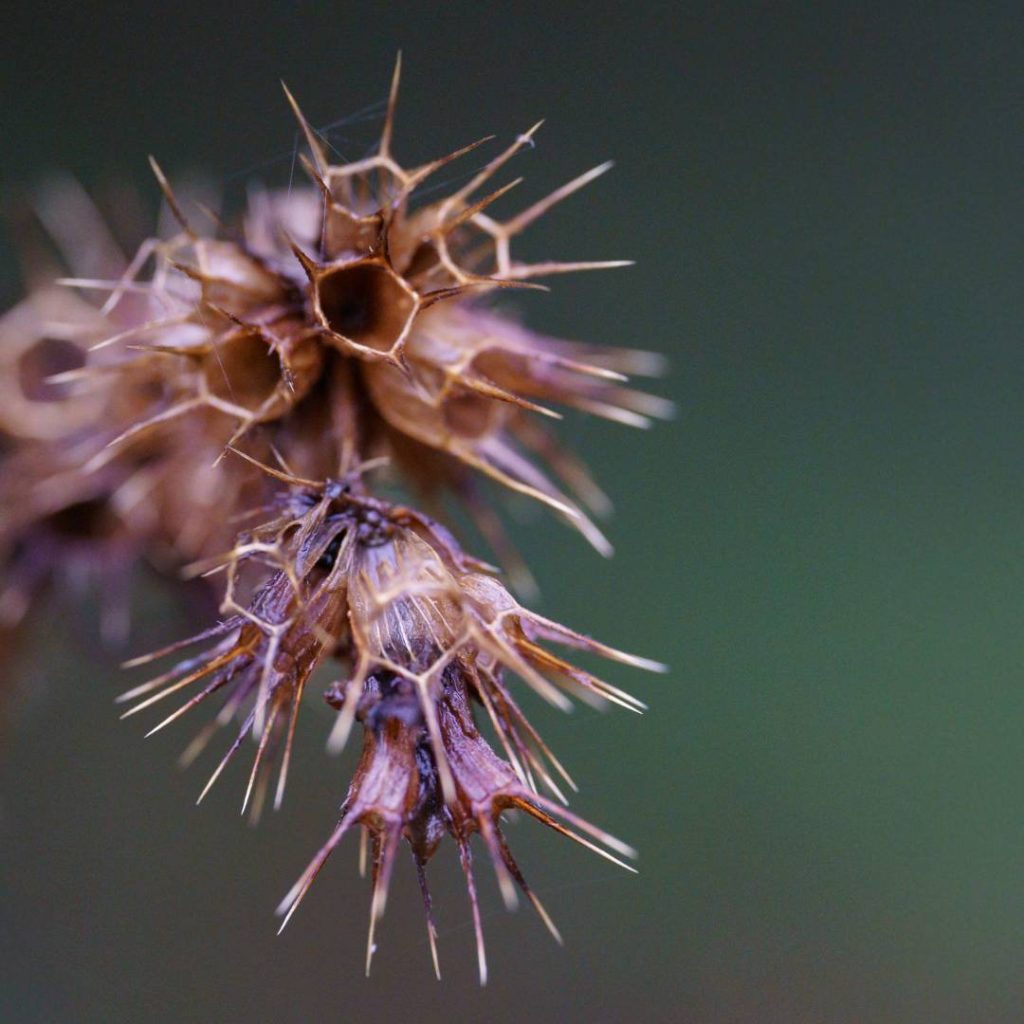
Sensor size is one of the most important factors that affect the quality and characteristics of your images, especially in macro photography.
Macro photography is the art of capturing small subjects in great detail, revealing their beauty and complexity.
You need a lens that can focus very close to the subject and produce a high magnification ratio, usually 1:1 or higher.
This means that the subject on the sensor is the same size or larger than its real-life size.
 Sensor size in macro photography
Sensor size in macro photography
But what difference does sensor size make in macro photography?
There are several advantages and disadvantages of using different sensor sizes for macro photography, but in general, a larger sensor will give you better image quality, more control over depth of field, and more flexibility in lens selection.
Here are some of the reasons why:
Image quality
A larger sensor will have larger pixels, which means more light-gathering ability, less noise, and higher dynamic range.
This will result in cleaner, sharper, and more detailed images, especially at high ISO settings.
A larger sensor will also have less diffraction, which is the loss of sharpness caused by the bending of light rays when passing through a small aperture.
Diffraction can limit the resolution of your images, especially at high magnifications.
A larger sensor will allow you to use smaller apertures without losing sharpness.
Depth of field
Depth of field is the range of distance in front of and behind the focus point that appears acceptably sharp in an image.
In macro photography, the depth of field is very shallow, which means that only a small part of your subject will be in focus.
This can create a beautiful background blur effect, but it can also make it difficult to get your entire subject sharp.
A larger sensor will give you more control over the depth of field because it will allow you to use longer focal lengths and wider apertures to achieve the same magnification as a smaller sensor.
This will give you more options to adjust the depth of field to suit your creative vision.



Konnichiwa! (Hello!) I'm Pat Tokuyama, a Japanese tofu cookbook author, who travels for music, food, and adventure. If you like Japanese tea, checkout some of the newestorganic japanese tea, matcha bowls and noren and more!
** Curious about the Plant Based Japanese Cooking Club? ** Learn more here!
Lens selection
A larger sensor will give you more flexibility in lens selection because it will offer a wider range of focal lengths and apertures to choose from.
For example, a full-frame sensor will allow you to use lenses from 50mm to 200mm with apertures from f/2.8 to f/5.6 to achieve 1:1 magnification, while an APS-C sensor will limit you to lenses from 35mm to 135mm with apertures from f/4 to f/8 for the same magnification.
A larger sensor will also allow you to use lenses designed for smaller sensors with an adapter, which can increase your lens options even further.
These are some of the reasons why full frame makes a positive difference in macro photography compared to APS-C and micro four-thirds camera sensors.
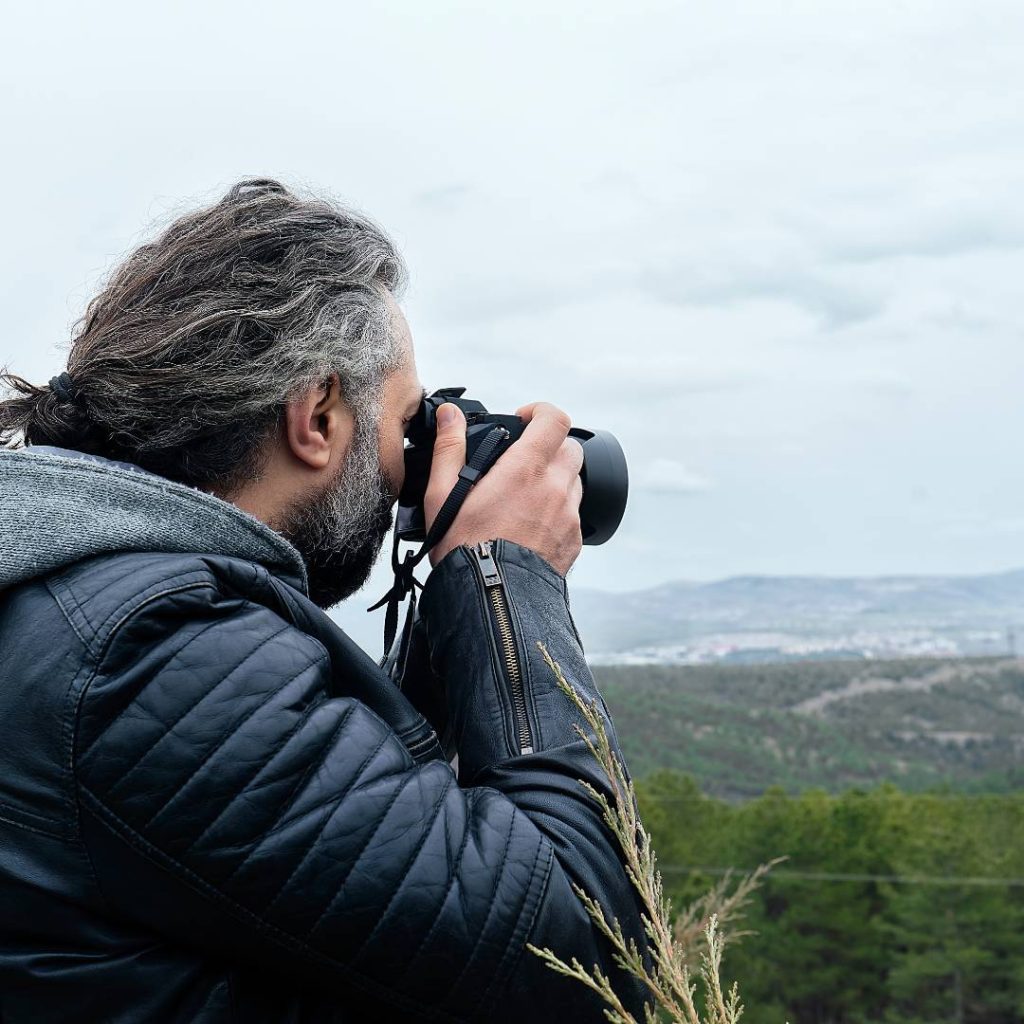
The disadvantage of using a larger sensor
Of course, there are also some disadvantages of using a larger sensor for macro photography, such as higher cost, larger size and weight, and shorter working distance (the distance from the front of the lens to the subject when focused at 1:1 magnification).
Advantage of a smaller sensor
A smaller sensor can also offer some advantages for macro photography.
Such as more depth of field at the same aperture, more effective image stabilization, and easier focus stacking (the technique of combining multiple images with different focus points to create an image with extended depth of field).
Conclusion
Ultimately, the best sensor size for macro photography depends on your personal preferences, needs, and budget.
There is no one-size-fits-all answer, as different sensor sizes have different strengths and weaknesses for macro photography.
The most important thing is to understand how sensor size affects your images and choose the one that suits you best.


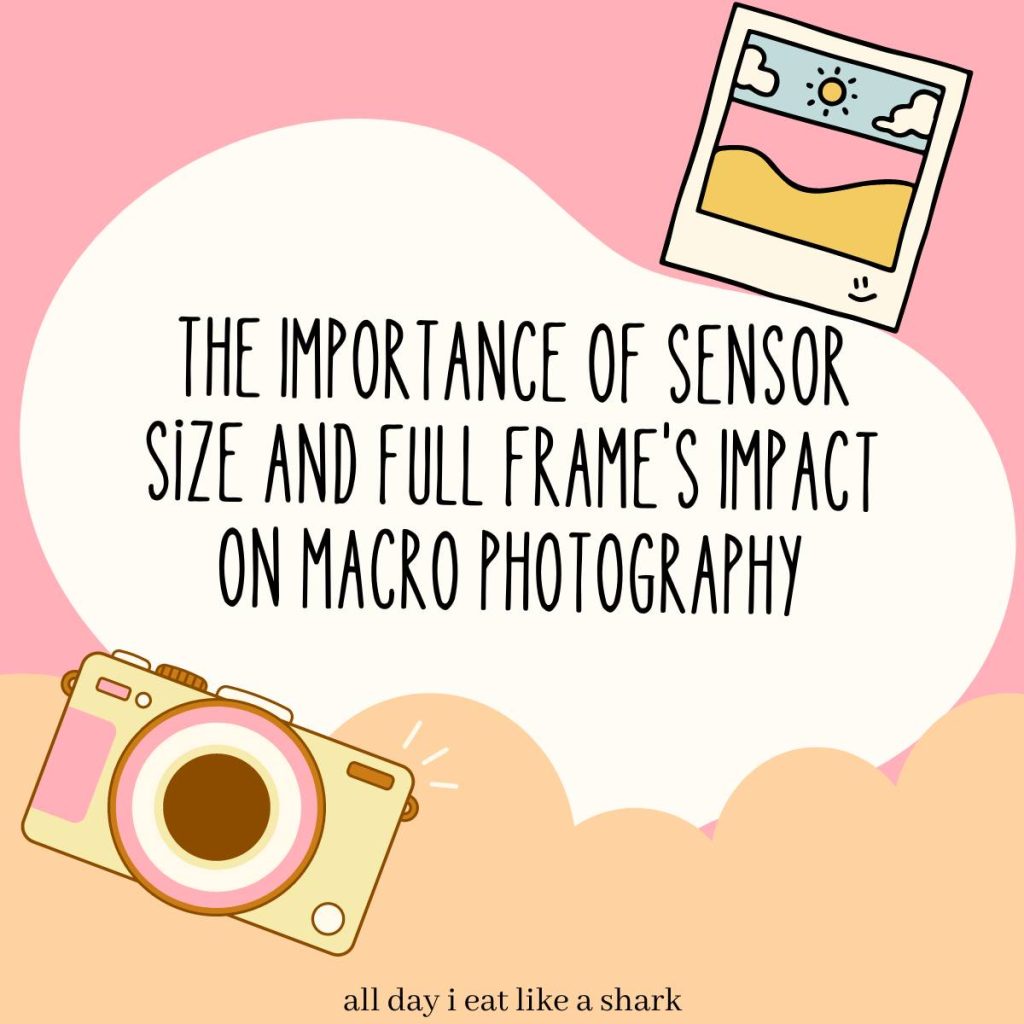

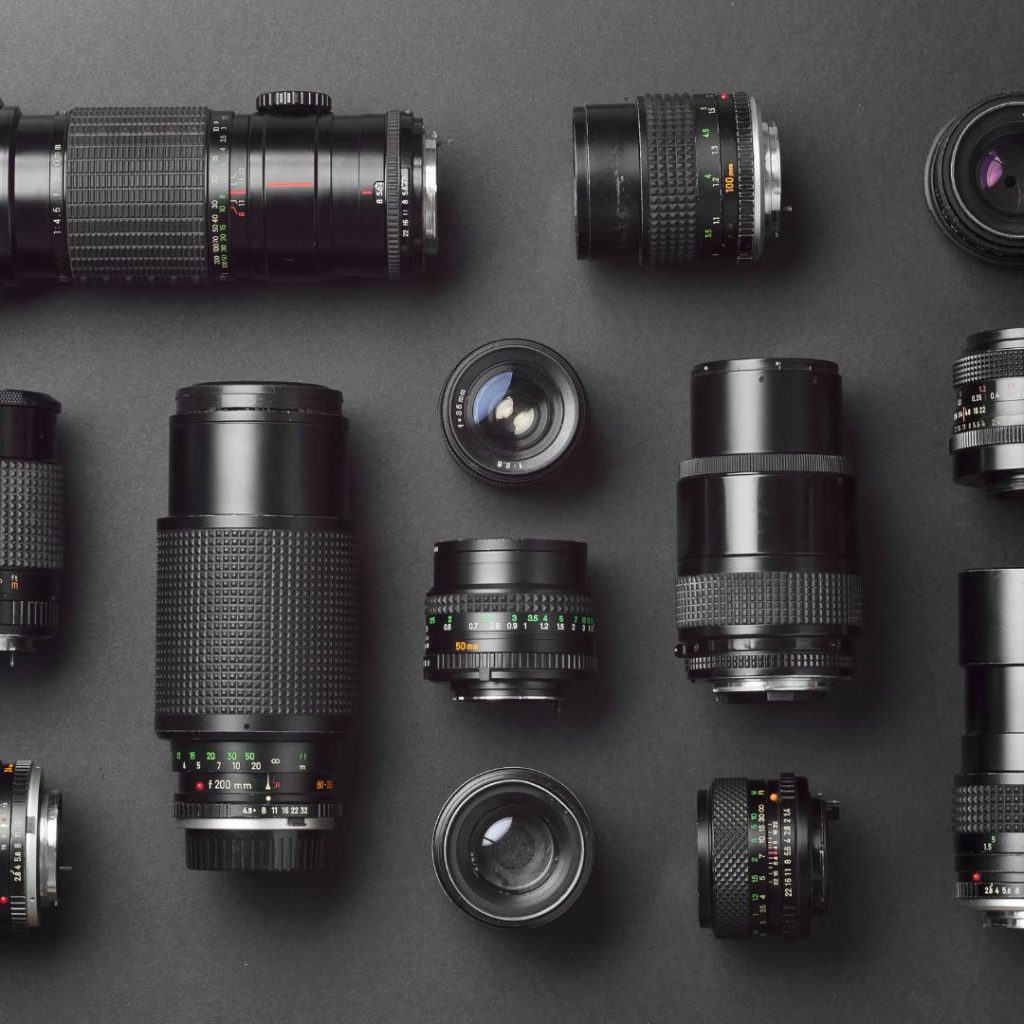 Sensor size in macro photography
Sensor size in macro photography
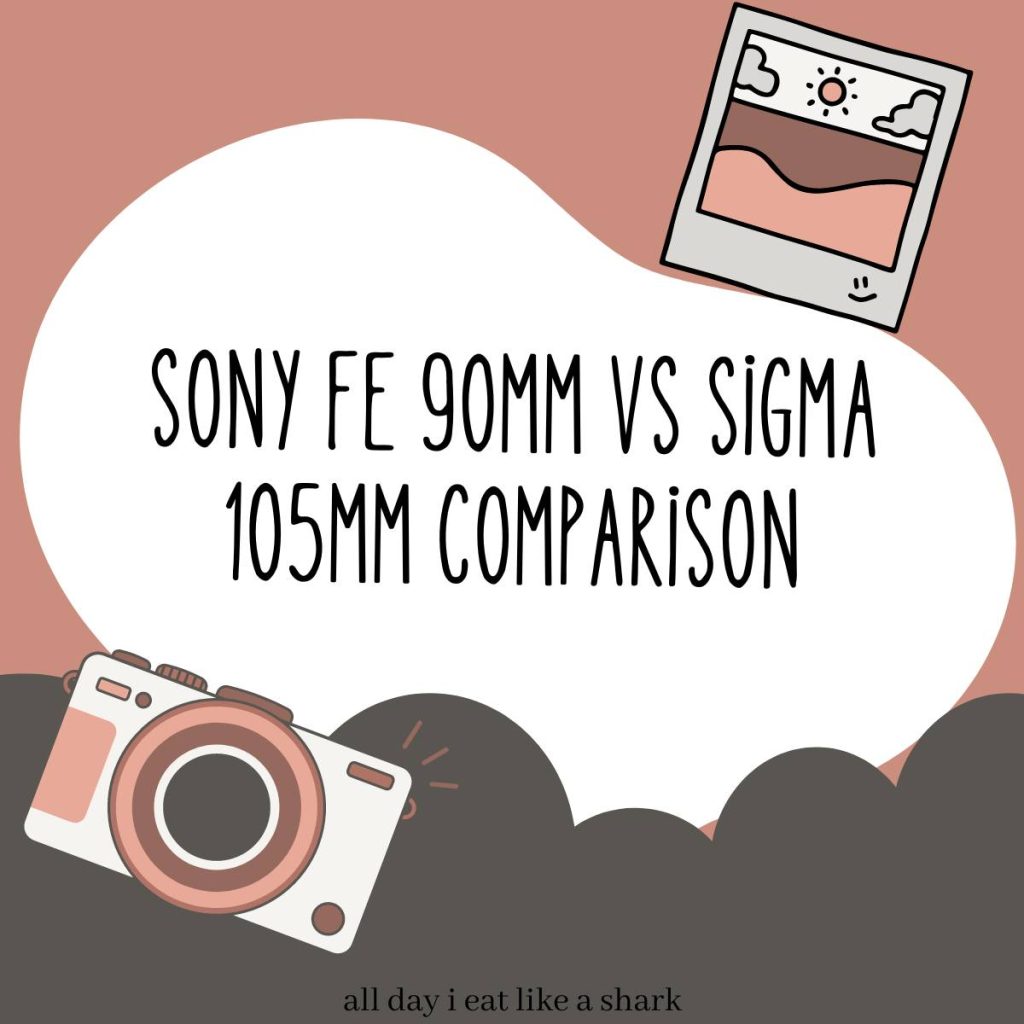
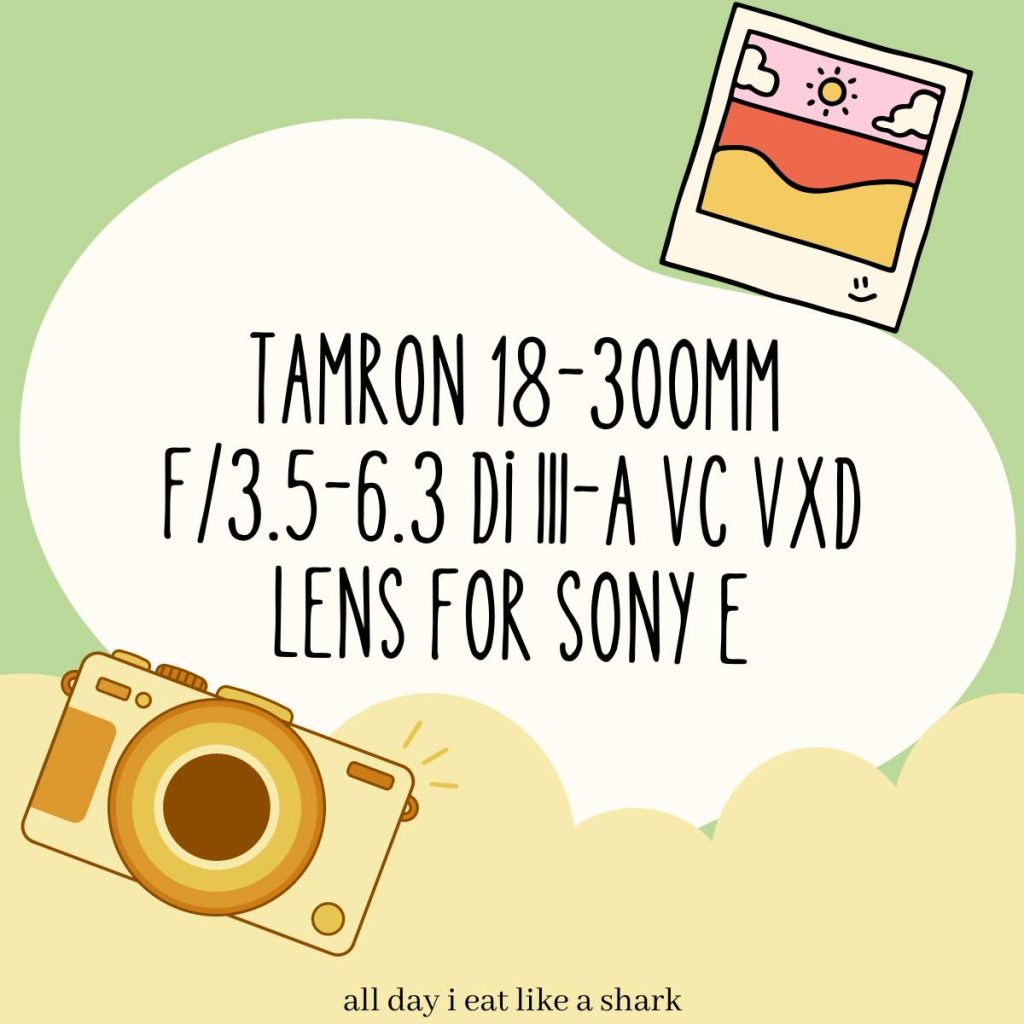
Konnichiwa! (Hello!) I'm Pat Tokuyama, a Japanese tofu cookbook author, who travels for music, food, and adventure. If you like Japanese tea, checkout some of the newestorganic japanese tea, matcha bowls and noren and more!
** Curious about the Plant Based Japanese Cooking Club? ** Learn more here!